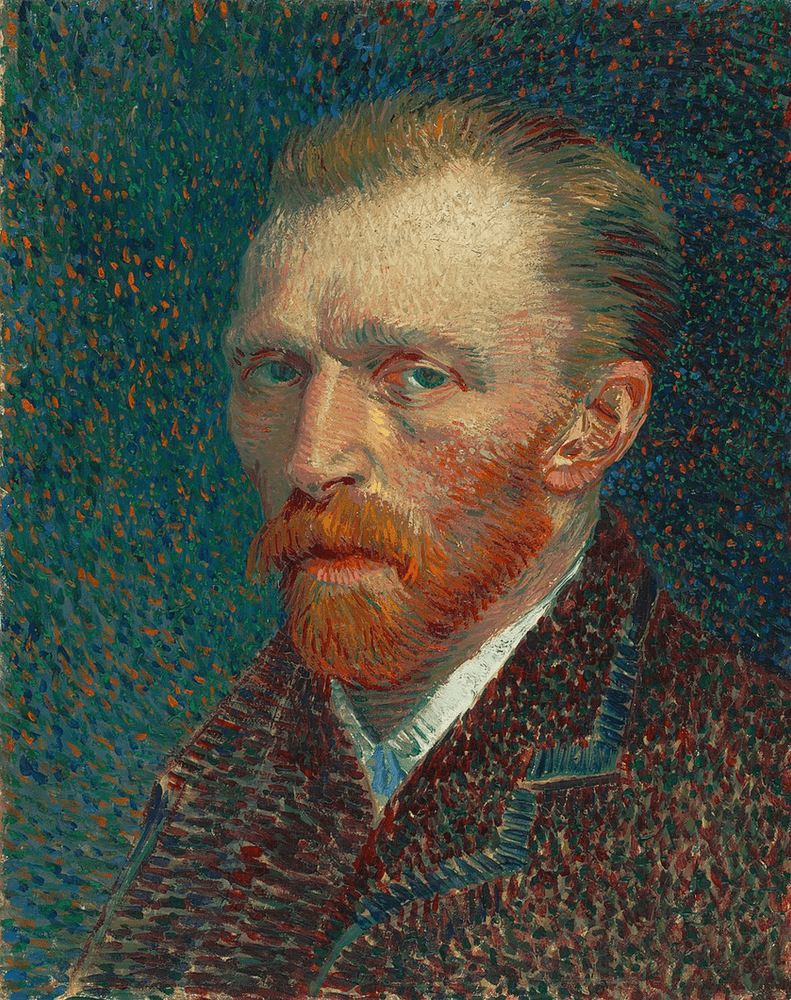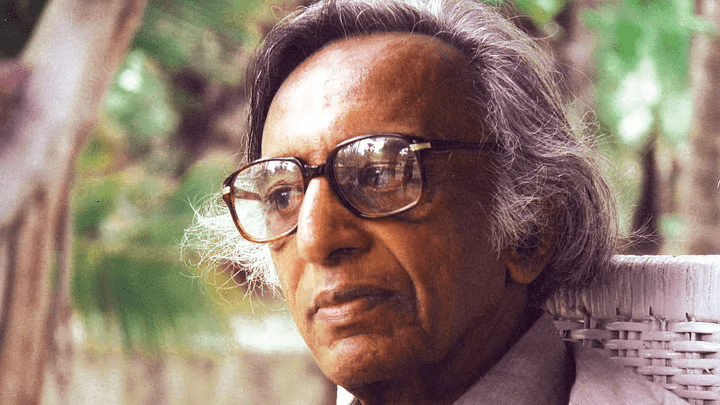In a world where exclusionary politics is on the rise, Art works as a healer in bringing people close, in understanding the common thread of humanity amidst all diversity. The common thread is sense; a sense of inclusiveness. This is what Serendipity Arts Festival’s ‘accessible and inclusive program’, SENSES 4.0 is all about. For a long time, viewing and experiencing art has been restricted to able-bodied individuals. Programs such as SENSES 4.0 tries to challenge these boundaries by not only making it easy for special-bodied visitors to access art but also acts as a stage for talking about mental health issues. Creativity and recovery go hand in hand and SENSES 4.0 shows the visitor how art-based therapy workshops can be a powerful and effective tool.

The art community for long has realized the problem of inclusion when it comes to accessing art. A study by the Arts Council, England, shows that this problem often stems from a point of prejudice. Negative attitude and also a lack of adaptation acts as a hindrance to the disabled individuals to enjoy artistic activities. Other issues like the lack of funding to make art spaces accessible to disabled individuals are also pressing. For accessing visual arts for the visually impaired, sound-based artworks for individuals with hearing impairment or accessing experiential art for individuals in a wheelchair has been a real challenge. We remember the fairly recent controversy about viewing Olafur Eliasson’s work ‘Your Spiral View’ at Tate Modern, where wheelchair-users were furious about the absence of a ramp to view the artwork. It leads us to the question, how can artists, curators, galleries and art festivals inculcate inclusivity and accessibility for the ones who are differently gifted?

This is only half the story though. We often overlook the ‘invisible’ mental disabilities that so many individuals are suffering from today. In every country, more people can be seen suffering from anxiety disorders, clinical depression, and rising phobias. Even though the thought of therapy in galleries, museums or art festivals might seem unusual, psychotherapists are increasingly talking about the importance of how art-based activities and immersion can be useful in combating emotional and physical conditions. Artworks have the power to evoke powerful emotions, or symbolize an aspect of our current or past experiences and help us heal. Art-based workshops help inspire creativity in individuals and a non-clinical space often helps people to feel more connected to one another and thus develop a sense of community.

SENSES is in its fourth edition this year at Serendipity Arts Festival in Goa. Since its inception by curator Siddhant Shah, this initiative has been pushing the boundaries of physical, intellectual and social access by fostering an inclusive experiential culture. “The project has seen a steady growth in participation of persons with disabilities. In the first year we had only 45 students from a special needs school from Panjim who came to attend the festival over 8 days but this year we have had over 500 plus students and caretakers from varying special needs schools, organizations and societies from all across Goa,” says Siddhant.
The inspiration behind Siddhant’s motivation to come up with a project like this was his ailing mother, who is now left with 30 percent of her vision because of degenerative eye disease. Everyday tasks like moving around the house, knowing where the thresholds are, the struggle to maneuver around things become commonplace in such a condition. Winning the UNESCO Architectural competition helped Siddhant bring his plans to fruition, where the winners were commissioned to make eight world heritage sites accessible. He recalibrated the Sanchi Stupa and took a few children with disabilities for a heritage walk.
For this edition of SENSES, Shah is using art as a medium to explore mental health and happiness through zentangle sessions, neon mandala workshops, mindless poem writing, and postcard writing. He believes that through art-based therapy, mental ecstasy takes precedence over everything else. “Over the years in each season of SENSES we have pushed the borders and have included varied audiences. SENSES in 2016 was focused on making visual art accessible to the visually impaired. Season 2 and 3 focused on varied special need groups (hearing impaired, slow learners, learning disabilities and others). This year along with providing braille guides,tactile braille art reproductions, sign language guides and other accessibility products, we will be focusing on mental health and happiness. We will be using art as a medium to talk about various topics around it as we still equate mental health with mental disabilities,” says Siddhant.

That’s why their team decided to collaborate with experts from Access For All to have specially designed workshops that create awareness about this topic, demystify some myths and encourage people (across age groups) to talk about topics like depression, anxiety and stress. There are several workshops they are conducting that range from individual activities to group engagement sessions. There are zen-tangle sessions, neon mandala workshop and some exclusively designed workshops like Mind Magnets where the participants will be magnets for themselves based on the principle of MBS
(mind body and soul)messaging. The highlight of the workshop is not the outcome but the process of conducting these sessions and getting our minds to do it happily.

As we already mentioned, at the heart of Goa’s Serendipity Arts Festival is a celebration of inclusion, which is why we highly recommend you to visit this visual arts project while you’re there! Tactile art, curated walks, workshops are all directed to make the Festival accessible for differently bodied individuals and use art as a process to combat mental health issues.
Scenes from Senses4.0 courtesy of Serendipity Arts Festival.




